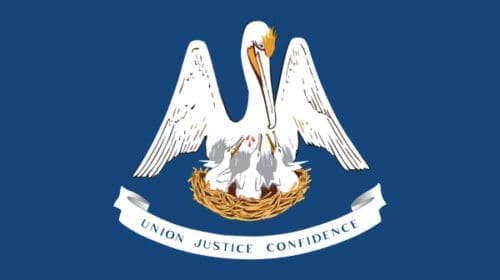The Federal Energy Regulatory Commission (FERC) on July 2 published in the Federal Register notice of the application by Gulf South Pipeline Company for a certificate of convenience and necessity for the Coastal Bend Header project in southeast Texas.
In its June 12 application to FERC, Gulf South Pipeline requested authorization to construction, own and operate new pipeline in Wharton and Brazoria counties, Texas; a new gas-fired compressor station in Wharton County; and certain interconnects. The project would deliver natural gas to the Freeport LNG liquefaction terminal, which is currently under construction.
Gulf South Pipeline said in its application that the total estimated cost for the project is $690 million, and the project needs to be in service in April 2018 to accommodate shipping agreements.
According to the application, Gulf South Pipeline plans to build 66 miles of 36-inch diameter pipeline and install two Solar Taurus 70 turbines and three Solar Titan 130 turbines with a combined horsepower rating of 83,597 for the compressor station. The project includes seven new interconnects with various interstate and intrastate pipelines, including a Gulf South Pipeline interconnect at the Coastal Bend Header. Gulf South Pipeline estimated that the pipeline, compressor station and interconnects would cost $545m.
The company said that the project also requires additions and modifications to certain portions of its legacy system, including:
- Construction and operation of the new Brazos compressor station in Fort Bend County, Texas, consisting of a 26,400 horsepower electric motor- driven facility
- Construction and operation of the new North Houston compressor station in Harris County, Texas, consisting of a 10,700 horsepower electric motor- driven facility
- Modifications to the existing Goodrich compressor station in Polk County, Texas, consisting of piping modifications to allow for station flow reversal from north to south
- Modifications to the former Magasco compressor station in Sabine County, Texas, consisting of modifications at the former station to allow for station flow reversal from north to south and the installation of one 15,748 horsepower Solar Mars 100 turbine
Gulf South Pipeline estimated that the total cost for the legacy system expansion would be about $145 million.
According to the application, the Coastal Bend Header project will create approximately 1.42 billion cubic feet per day (Bcf/d) of new pipeline capacity and 1.4 Bcf/d of new capacity on Gulf South Pipeline’s legacy system.
In 2013, Freeport LNG received DOE authorization to export up to the equivalent of 511 Bcf/year of LNG to non-FTA countries and a second authorization to export an additional 146 Bcf/year of LNG equivalent to non-FTA countries. FERC last July approved the expansion of the Freeport LNG facility for liquefaction operations and export. Freeport LNG started construction of the liquefaction project in November 2014 and expects to achieve commercial operation of the first liquefaction train in 2018.
Gulf South Pipeline said that the Coastal Bend Header project is supported by binding precedent agreements with four customers for 1.42 Bcf/d of capacity on the Coastal Bend Header and 1.4 Bcf/d on Gulf South’s existing legacy system under long-term, firm transportation contracts having a minimum term of 20 years.
Oil and gas operations are commonly found in remote locations far from company headquarters. Now, it's possible to monitor pump operations, collate and analyze seismic data, and track employees around the world from almost anywhere. Whether employees are in the office or in the field, the internet and related applications enable a greater multidirectional flow of information – and control – than ever before.











